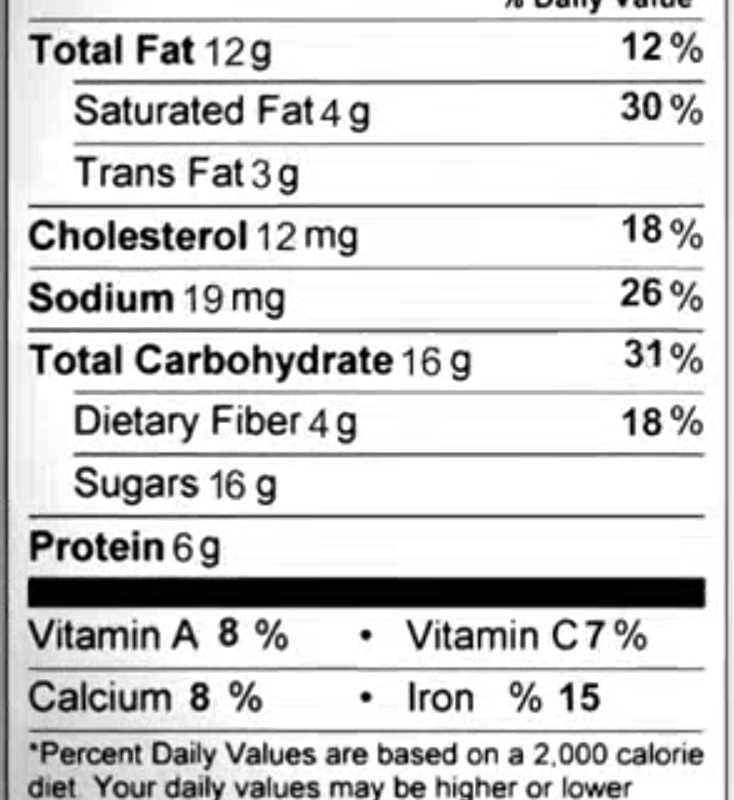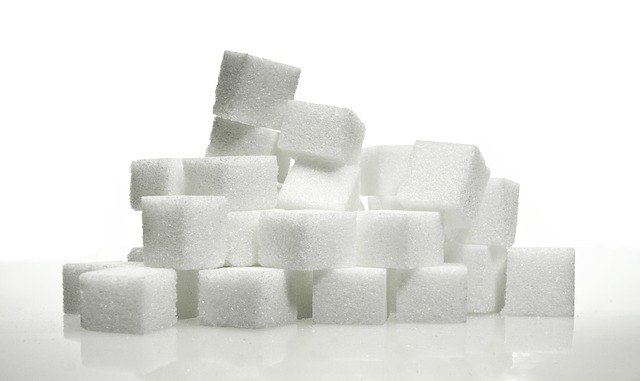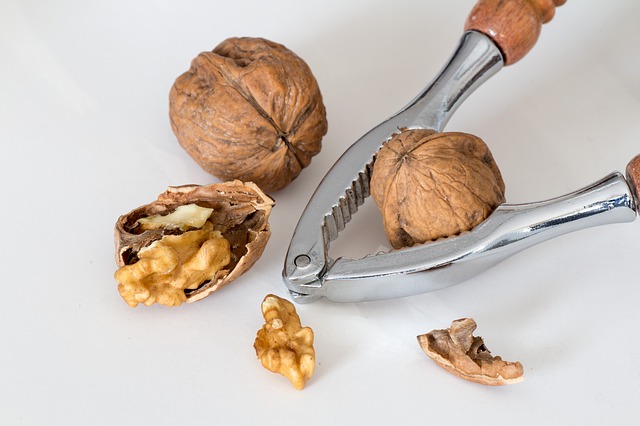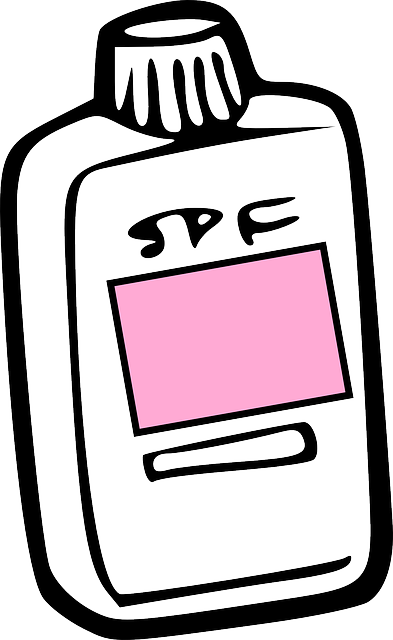Sticking to the perimeter of the grocery store is the ideal way to shop. But when the ideal meets the real and we find ourselves nose to label with packaging we need to be armed and ready.
Let’s face it, reading labels can be confusing. But it is a necessary evil when you want to eat healthy.
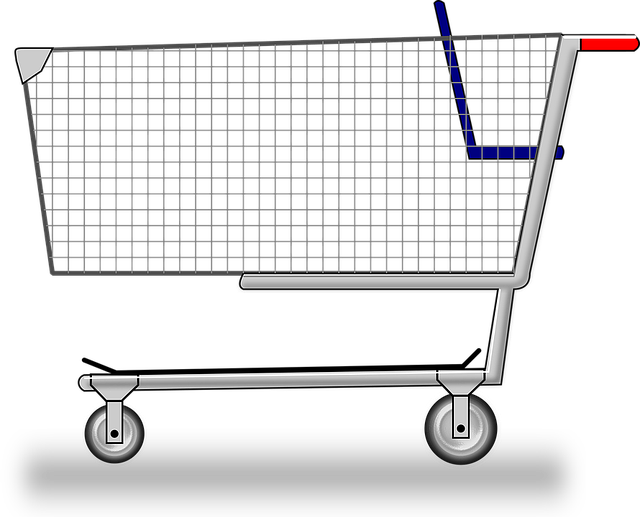 With a few tips however you will be able extrapolate the important information that you need to make good decisions in the grocery aisles.
With a few tips however you will be able extrapolate the important information that you need to make good decisions in the grocery aisles.
First off avoid the propaganda on the front of the product and go right to the good stuff on the back. Companies can free wheel with what they say on the front of the packaging but there are real guidelines for what’s on the back. For example a label may say that a food product is reduced in fat or reduced sodium. What this means is that the amount of fat or sodium has been reduced from the original product amount. It doesn’t mean, however, that the food is low in fat or sodium.
Here are My 3 Top Things to Look For on a Product Label
1. Check out the Ingredients
Check out the ingredient list. Product ingredients are listed by quantity, from highest to lowest amount
2. Understand the serving size
It is really important that you understand that all of the nutrition information shown is based on serving size.
And don’t be deceived by this. A single serving may not be what you think. For instance, a serving size may be half a cup where as you might logically think it would be whole cup.
3. Know the Different Names for Sugar
We know by now the dangers of over consuming added sugars. With this in mind, it is very important that you become aware of the fact that there are many, many different names for sugar on a food label. Some of them end in –ose such as Sucrose, Maltose and Dextrose. Others like Barley Malt, Turinado and Molasses do not.
Click here for my list of Different Names For Sugar
On the right side of a food label, you’ll see a column that lists the percent daily values (%DV). Percent daily values tell you how much of a the particular nutrient one serving will give you compared to how much you need for the entire day. It helps you gauge the percentage of a nutrient requirement met by one serving of the product.
Nutrition Facts Tables
Do you ever look at the Nutrition Facts tables? Do they help you decide which foods to buy or not? Do the numbers even make sense?
To be honest, I don’t think it’s that the most user-friendly or helpful tool. But it’s good to understand it since it’s here to stay.
Let me give you a super-quick crash course on reading the Nutrition Facts tables.
Then, try my delicious and super-easy snack recipe that’ll blow your pre-packaged granola bars out of the water.
How to Read the New Nutrition Facts Tables
The Nutrition Facts table is on the side of most packaged foods. It’s often found close to the ingredient listing.
The purpose of it is to help consumers make better nutrition decisions. When people can see the number of calories, carbs, sodium, etc. in food, they should be able to eat better, right?
Whether you like the Nutrition Facts table or not, let’s make sure you get the most out of it, since it’s here to stay!
Here’s my four-step crash course on reading the Nutrition Facts table.
Step 1: Serving Size
The absolute most important part of the Nutrition Facts table is to note the serving size. Manufacturers often strategically choose the serving size to make the rest of the table look good. Small serving = small calories/fat/carbs. So, it’s tricky.
All the information in the table rests on the amount chosen as the serving size. And, since every manufacturer chooses their own, it’s often difficult to compare two products.
In Canada, in the next few years (between 2017-2022), serving sizes will be more consistent between similar foods. This will make it easier to compare foods. The new labels will also have more realistic serving sizes to reflect the amount that people eat in one sitting, and not be artificially small.
Let’s use an example – plain, unsalted walnuts from Costco.
Right under the Nutrition Facts header is the serving size. That is a ¼ cup or 30 g. This means that all the numbers underneath it are based on this amount.
FUN EXPERIMENT: Try using a measuring cup to see exactly how much of a certain food equals one serving. You may be surprised at how small it is (imagine a ¼ cup of walnuts).
Step 2: % Daily Value
The % Daily Value (%DV) is based on the recommended daily amount of each nutrient the average adult needs. Ideally, you will get 100% DV for each nutrient every day. This is added up based on all of the foods and drinks you have throughout the day.
NOTE: Since children are smaller and have different nutritional needs if a type of food is intended solely for children under the age of 4, then those foods use a child’s average nutrition needs for the %DV.
The %DV is a guideline, not a rigid rule.
You don’t need to add all of your %DV up for everything you eat all day. Instead, think of anything 5% or less to be a little; and, anything 15% or more to be a lot.
NOTE: Not every nutrient has a %DV. You can see it’s missing for things like cholesterol, sugar, and protein. This is because there isn’t an agreed “official” %DV for that nutrient. The good news is that the new Nutrition Facts tables will include a %DV for sugar. Keep your eyes out for that.
Step 3: Middle of the table (e.g. Calories, fat, cholesterol, sodium, potassium, carbohydrates, and protein)
Calories are pretty straight forward. Here, a ¼ cup (30 g) of walnuts has 200 calories.
Fat is bolded for a reason. That 19 g of fat (29% DV) is total fat. That includes the non-bolded items underneath it. Here, 19 g of total fat includes 1.5 g saturated fat, (19 g – 1.5 g = 17.5 g) unsaturated fat, and 0 g trans fat. (Yes, unsaturated fats including mono- and poly-unsaturated are not on the label, so you need to do a quick subtraction).
Cholesterol, sodium, and potassium are all measured in mg. Ideally, aim for around 100% of potassium and sodium each day. It’s easy to overdo sodium, especially if you grab pre-made, restaurant foods, or snacks. Keep an eye on this number if sodium can be a problem for you (e.g. if your doctor mentioned it, if you have high blood pressure or kidney problems, etc.).
Carbohydrate, like fat, is bolded because it is total carbohydrates. It includes the non-bolded items underneath it like fiber, sugar, and starch (not shown). Here, 30 g of walnuts contain 3 g of carbohydrates; that 3 g are all fiber. There is no sugar or starch. And as you can see, 3 g of fiber is 12% of your daily value for fiber.
Proteins, like calories, are pretty straight forward as well. Here, a ¼ cup (30 g) of walnuts contains 5 g of protein.
Step 4: Bottom of the table (e.g. vitamins & minerals)
The vitamins and minerals listed at the bottom of the table are also straightforward. The new labels will list potassium, calcium, and iron. Yes, potassium will drop from the middle of the table to the bottom, and both vitamins A & C will become optional.
Manufacturers can add other vitamins and minerals to the bottom of their Nutrition Facts table (this is optional). And you’ll notice that some foods contain a lot more vitamins and minerals than others do.
Conclusion
I hope this crash course in the Nutrition Facts table was helpful because it is important to be informed about what you are eating.
Proper nutrition is a key piece of cancer prevention so understanding what you choose to put in to your shopping cart is key.
Do you have questions about it? If so, leave me a comment below.
Delicious and Super-Easy Walnut Snack Recipe
Ingredients:
8 walnut halves
4 dates, pitted
Instructions:
Make a “date sandwich” by squeezing each date between two walnut halves.
Serve & enjoy!
Tip: Try with pecans instead.
References:
http://www.healthycanadians.gc.ca/eating-nutrition/label-etiquetage/changes-modifications-eng.php
https://www.canada.ca/en/health-canada/services/understanding-food-labels/percent-daily-value.html

